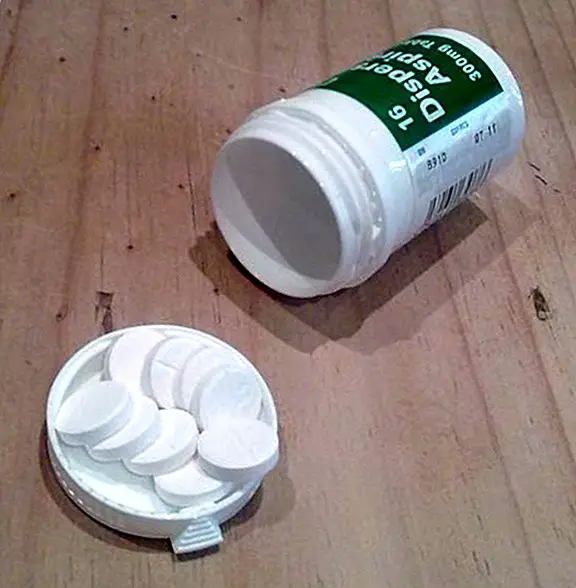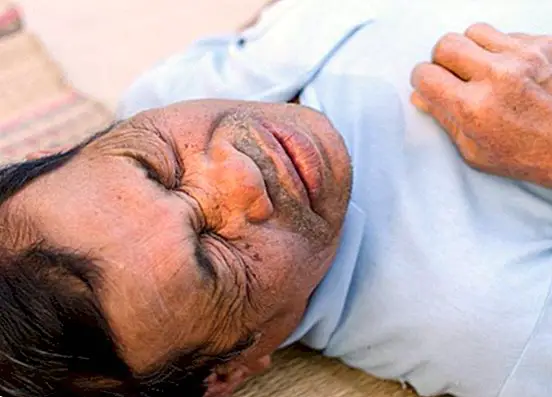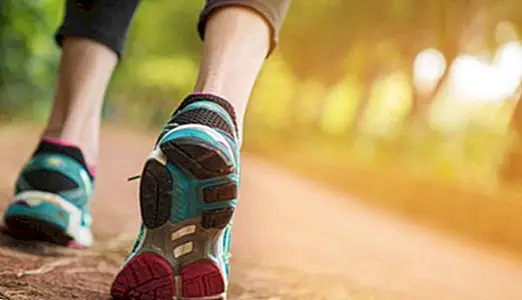Biliary lithiasis (cholelithiasis): what it is, symptoms, causes and treatment
The biliary lithiasis is probably one of the diseases of the gallbladder most common and habitual, a pear-shaped organ or viscera that functions in the same way as a small pouch, since its main function is to store and accumulate bile in order to release it into the small intestine when it is required by the process of digestion (especially for the digestion of fats).
And although it is medically known by the name ofbiliary lithiasis orcholelithiasis, basically consists of existence of gallstones; that is, it consists of the presence of stones or stones inside the gallbladder, as we will know in detail in the next section.

What is biliary lithiasis? What is cholelithiasis?
With the name of biliary lithiasis we are facing the presence of stones inside the gallbladder. That is, it basically consists of existence of gallstonesor stones in the gallbladder. For that reason it is also medically known with the name of cholelithiasis.
Statistically it is believed that around just over 10% of the population in our country suffers from gallstones, knowing in turn that it tends to be a little more frequent in women than in men.
There are basically two types of biliary lithiasis. The cholesterol stones they account for between 75-85% of the biliary stones, while the rest corresponds to the one known as pigmentary lithiasis.
Causes of biliary lithiasis (cholelithiasis)
Biliary lithiasis arises as a result of different alterations in the metabolism of certain components of bile.
Accumulation of cholesterol
When the biliary lithiasis is due to the presence of cholesterol stones, the main cause is due to the existence of cholesterol calculations, as a consequence of the high secretion of cholelemic substances by the liver, and the inability of these substances to dissolve in the bile.

Due to this inability to dissolve, the cholesterol particles eventually clump together inside the gallbladder, forming small stones or stones. It is therefore possible to find them in different parts of both the interior of the gallbladder and in the region of the different excretory ducts belonging to the bile ducts.
Bilirubin accumulation
When the presence of biliary lithiasis is due to the accumulation of bilirubin, it is a medical condition known by the name of pigmentary lithiasis. It appears in a lower percentage, but is produced as a result of which, during the normal course of expulsion of this pigment, parts of these substances end up accumulating inside the gallbladder.
Symptoms of biliary lithiasis
Among the different symptoms that biliary lithiasis can produce, there is no doubt that the biliary colic It is the most common, typical and obvious. It is characterized for being a intense and continuous pain, which is located on the right side of the abdomen, below the ribs. It is usual to radiate to the back and to the right shoulder.
Depending on the intensity may be accompanied by nausea and vomiting, and usually lasts between 1 to 4 hours approximately.
However, It is also possible that no symptoms arise, so that in these cases it is usual for the diagnosis to occur when an ultrasound is being performed for any other reason.

Treatment of biliary lithiasis
When symptoms arise (especially biliary colic), It is very important that the biliary lithiasis is treated medically, since complications can occur especially due to the obstruction of the different ducts that excrete substances not only from the liver, but also from the pancreas.
That is, inflammation of the gallbladder or pancreas (acute pancreatitis) can also occur, in addition to acute cholecystitis.
The most common medical treatment when there are symptoms is surgical, especially when there are no complications. In these cases, the most advisable is removal of the gallbladder, particularly when several episodes of biliary colic occur in a short period of time. For this purpose, the laparoscopy.
On the other hand, if the biliary lithiasis also causes inflammation of the bile ducts, it is common to prescribe analgesics Y antibiotics, especially if there is a fever. This article is published for informational purposes only. It can not and should not replace the consultation with a Physician. We advise you to consult your Trusted Doctor. ThemesGallbladder


